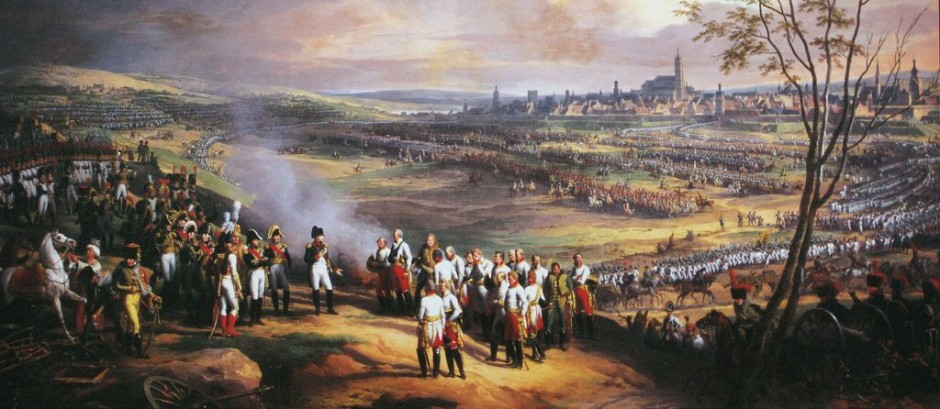The key to answering short answer questions is two-fold. First (as with any question or prompt) you need to deconstruct the question and break it down into its component parts so that you may fully address each in your response. Second you need to understand how many points/marks it is worth in order to calculate how much knowledge you are required to include for the highest possible score. A short answer question that is worth 2 points/marks may only require a well-constructed sentence with, at least, two specialized terms relevant to the question.
The three main categories of short answer questions are:
- Describe Question (4 points/marks)
- Interpretation Question (6 points/marks)
- Evaluation Question (10 points/marks)
- Describe Question: With these questions you can give a brief general statement of the main issue and then add three points of information, not mentioned in the question. Student must demonstrate relevant factual knowledge that is not already present in the source.
- Interpretation Question: You will be given a cartoon or quotation, which puts forward a particular point of view about an event. You will be asked if you agree with this opinion or viewpoint. Agreement is based upon the degree to which you have determined bias, reliability and usefulness. You must write a paragraph explaining in specific (rather than general) terms how the provenance affects the reliability of the interpretation. Provenance is about who wrote the source, when they wrote it, and why they wrote it. The student must try to explain how these three factors might influence what they say. The student can then add a second paragraph explaining whether or not the interpretation fits with the student’s own factual knowledge.
- Evaluation Question: Here you can describe each of two causes of a major event/development and explain how it caused the development and then you can assess how important a cause it was by indicating its role upon subsequent events. Describe each event in detail forwarding enough information so as to establish your description as credible and persuasive evidence. Explain how it contributed to a major event by discussing the results of each event. Assess which event was more significant than the other and prove why by analyzing evidence accordingly.
The three other types of short answer questions are:
- Inference Question (4 points/marks)
- Explain How Question (6 points/marks)
- Usefulness of Source Question (10 points/marks)
- Inference Question: For this question you must identify facts in the source itself. Then try to work out what is being implied by the source. What is the underlying message? What is being asked to believe about an event? In what context was the source written?
- Explain How Question: You must write paragraphs, containing several ideas backed up with facts, that explain in specific (rather than general) terms how or why a certain situation came about. In responding to this question type, you must give reasons as to how one event led to another, not simply listing subsequent events.
- Usefulness of Source Question: You are expected to write a paragraph explaining how the provenance affects the usefulness of a source. In other words, who wrote it? When was it written? What was going on at the time? Why? Were they reliable witnesses? Then write a second paragraph explaining how the source’s factual content makes it useful to the historian in reaching a judgment. What useful information is contained in the source? What facts are contained in it? What opinions are contained in it? To what extent are they reliable or trustworthy?
The two types of test or exam short answer questions are:
- Describe How Question (8 points/marks)
- Analysis and Explanation Question (12 points/marks)
- Describe How Question: Her you must give a detailed description of two or more aspects of the topic. All the marks are given for ‘description’ – that is, factual content. This factual content must be analyzed toward a full explanation of how the process unfolded detailing the influential factors.
- Analysis and explanation Question: You must produce a written argument agreeing or disagreeing with a given statement. Explore the possibilities. Put forward arguments supporting the proposition, put forward the counter arguments, but do not belabor these as they may distract from proving your thesis. In the conclusion the student must weigh up the two arguments and then reach a judgment, saying which is the best argument and demonstrate why.
